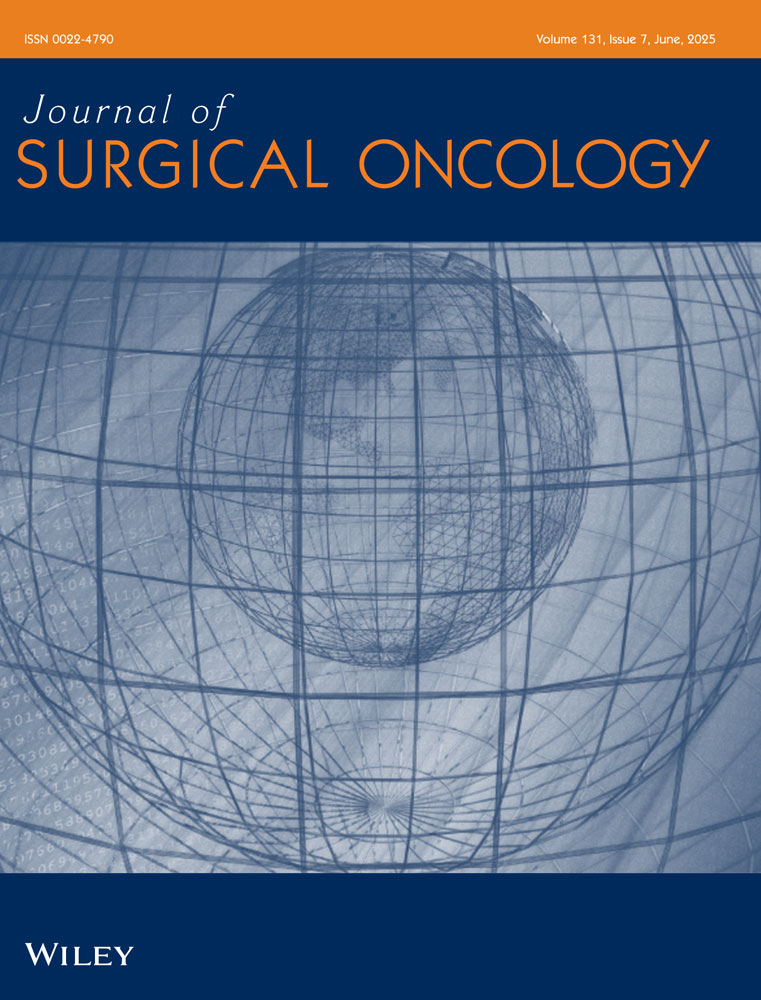Reducing Postoperative Opioid Use: A Comparison of Open Versus Ultrasound-Guided Regional Anesthesia for Patients Undergoing Open Pancreatoduodenectomy
Parit T. Mavani and Caitlin Sok are co-first authors.
ABSTRACT
Background
Opioid crisis is a national issue with significant economic burden and marked increase in opioid-related deaths, particularly following surgical procedures. Reducing opioid requirements while maintaining effective analgesia is critically challenging, perioperatively. Multimodal drug regimens and guided regional anesthesia (RA) have been adopted to address this issue. We aimed to assess postoperative opioid consumption in patients undergoing open pancreatoduodenectomy based on the routes of RA administration: open versus ultra-sound guided.
Methods
This retrospective cohort study was conducted at Emory University Saint Joseph's Hospital, encompassing patients who underwent open pancreatoduodenectomy (PD) from 2020 to 2022 who received ultrasound-guided RA (U-RA) or open RA (O-RA). Patient demographics, surgical details, and postoperative outcomes, including opioid consumption measured in morphine milligram equivalents (MME) at 24, 48, and 72 h, were analyzed. Multivariable linear regression identified predictors of postoperative opioid use.
Results
Of 95 patients, 47 met inclusion criteria: 27 received U-RA and 20 O-RA. Preoperative and intraoperative characteristics were similar between patients receiving O-RA and U-RA. A lower opioid requirement was noted in the O-RA group compared to the U-RA group at all time points. (24 h: 6.5 vs. 18, p = 0.004; 48 h: 18 vs. 37, p = 0.001; 72 h: 30.5 vs. 57, p = 0.002). On multivariable analysis, only route of regional anesthesia was independently associated with reduced opioid use across all time points (24 h: mean difference = −5.75, 95% CI: −11.3, −0.18; 48 h: mean difference = −16.95, 95% CI: −27.5, −6.4; 72 h: mean difference = −20.39, 95% CI: −35.4, −5.3) Patient age, gender, race, obesity, neoadjuvant chemotherapy, small pancreatic duct, and pancreatic fistula were not independently associated with opioid use.
Conclusions
O-RA may offer a better approach than U-RA in minimizing opioid consumption after open PD. These findings suggest the incorporation of O-RA for upper abdominal surgeries to decrease the necessity of postoperative opioids.
Conflicts of Interest
Dr. Mavani, Dr. Sok, Dr. Ajay, Dr. McPherson, Dr. Switchenko, Dr. Kooby, and Dr. Shah have no conflicts of interest to disclose.
Open Research
Data Availability Statement
The data that support the findings of this study are available from the corresponding author upon reasonable request.




